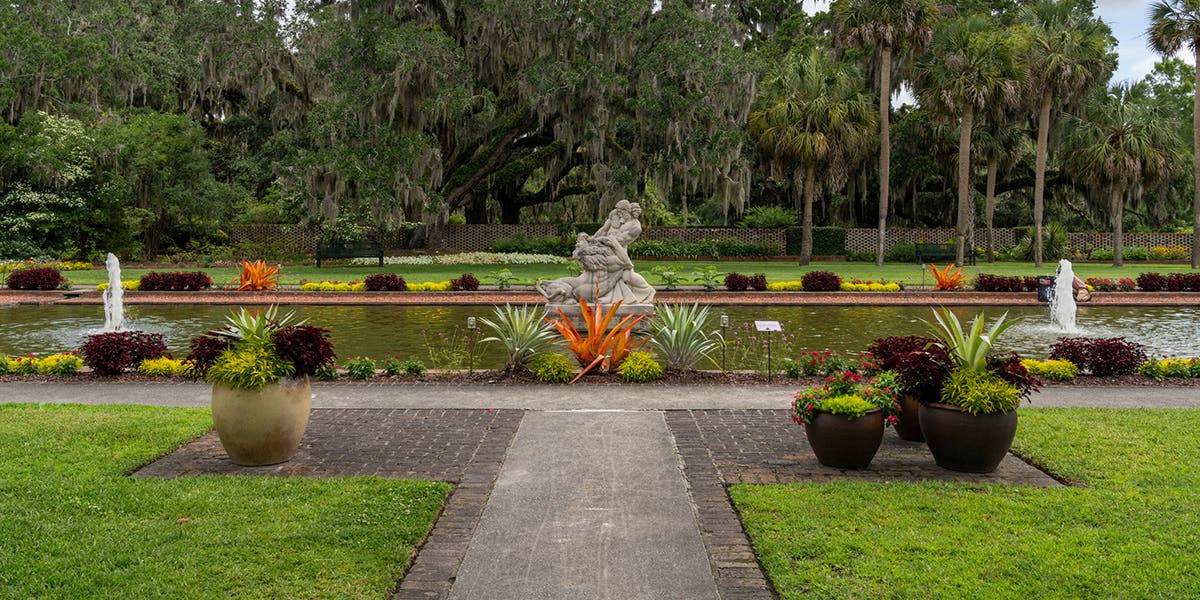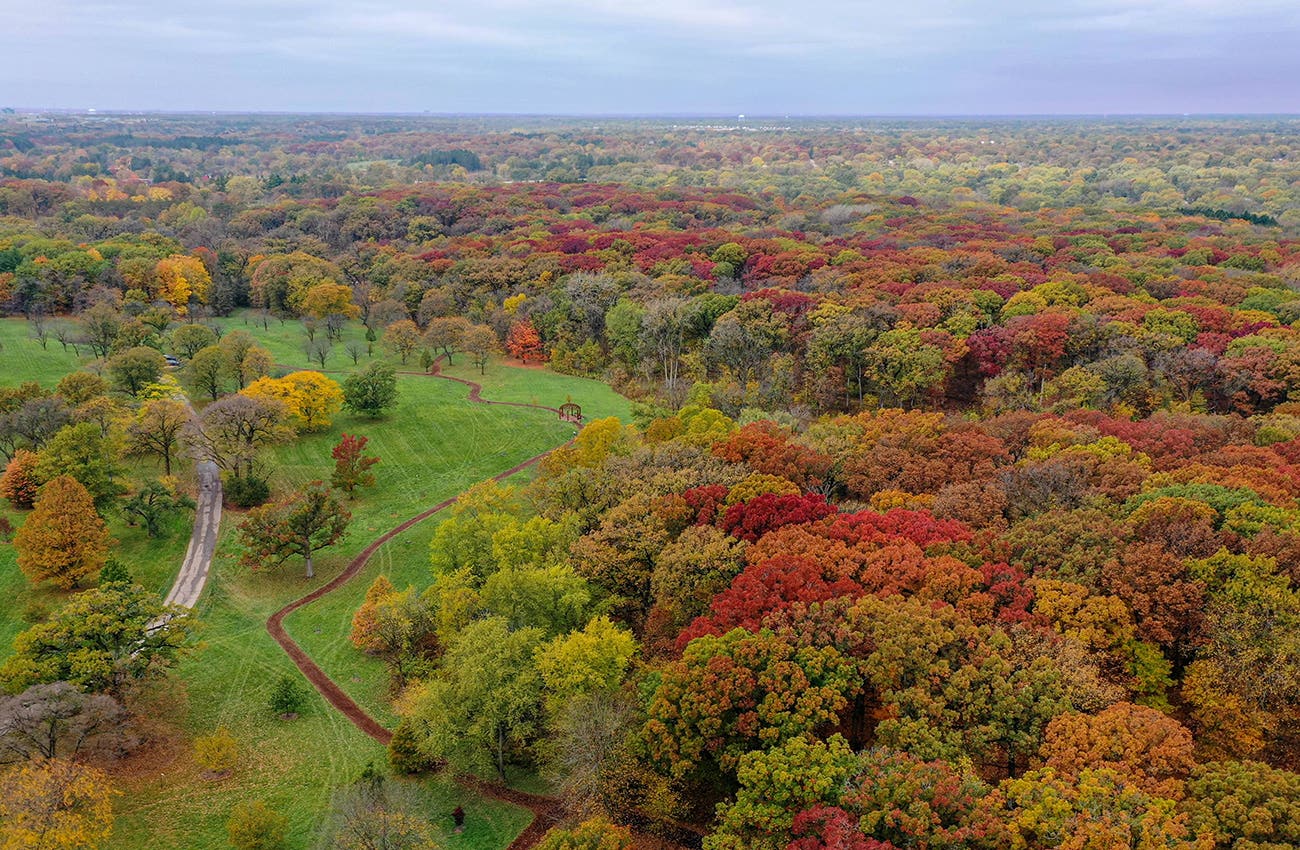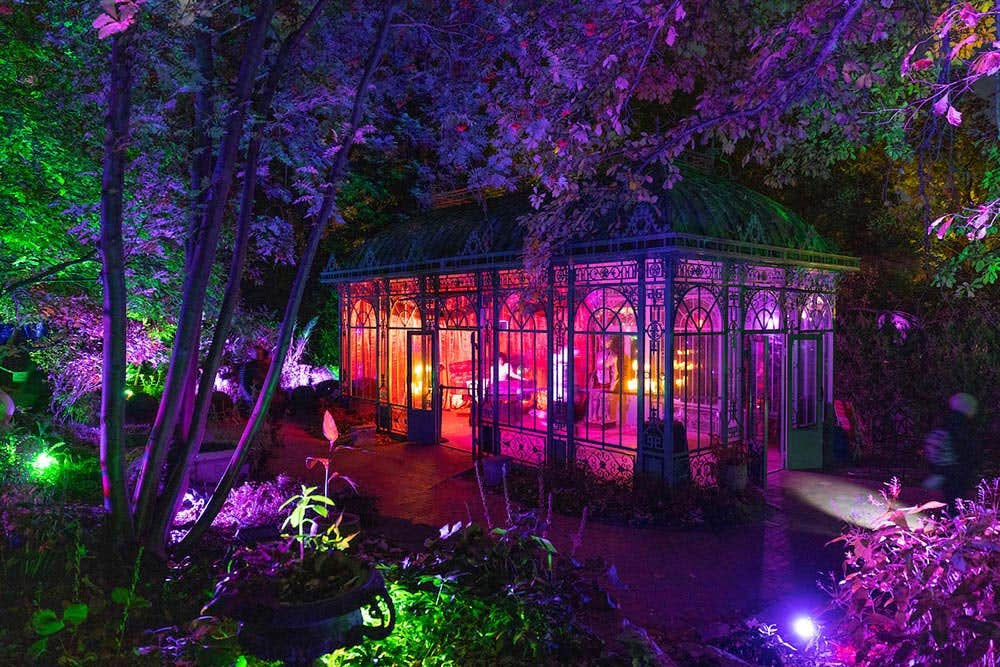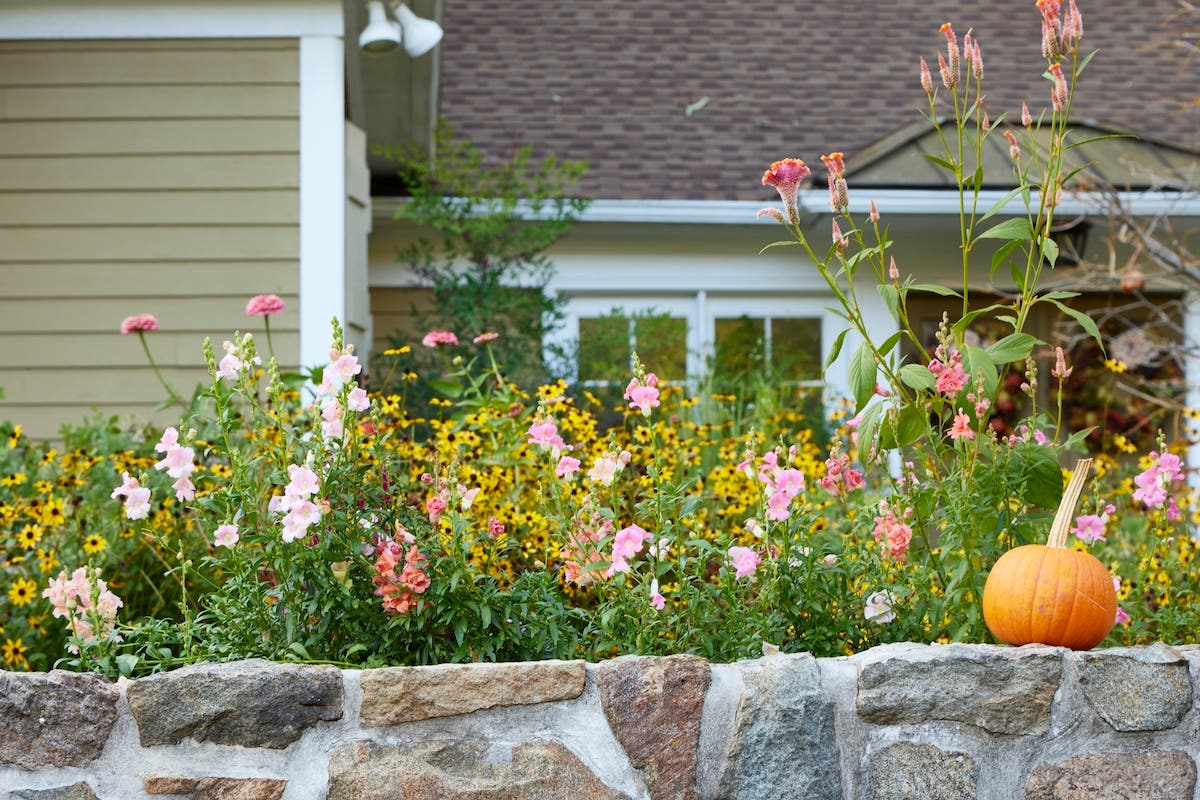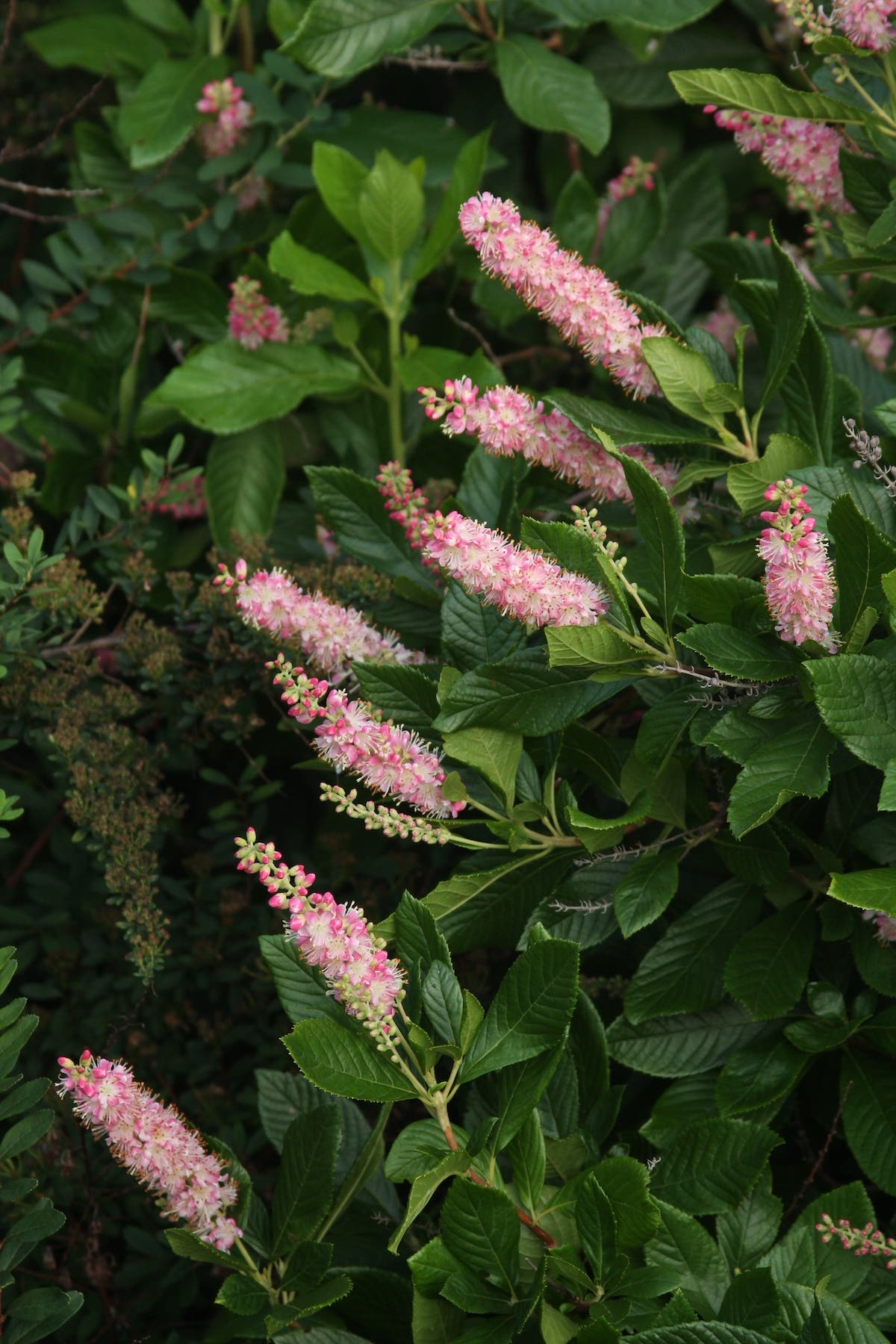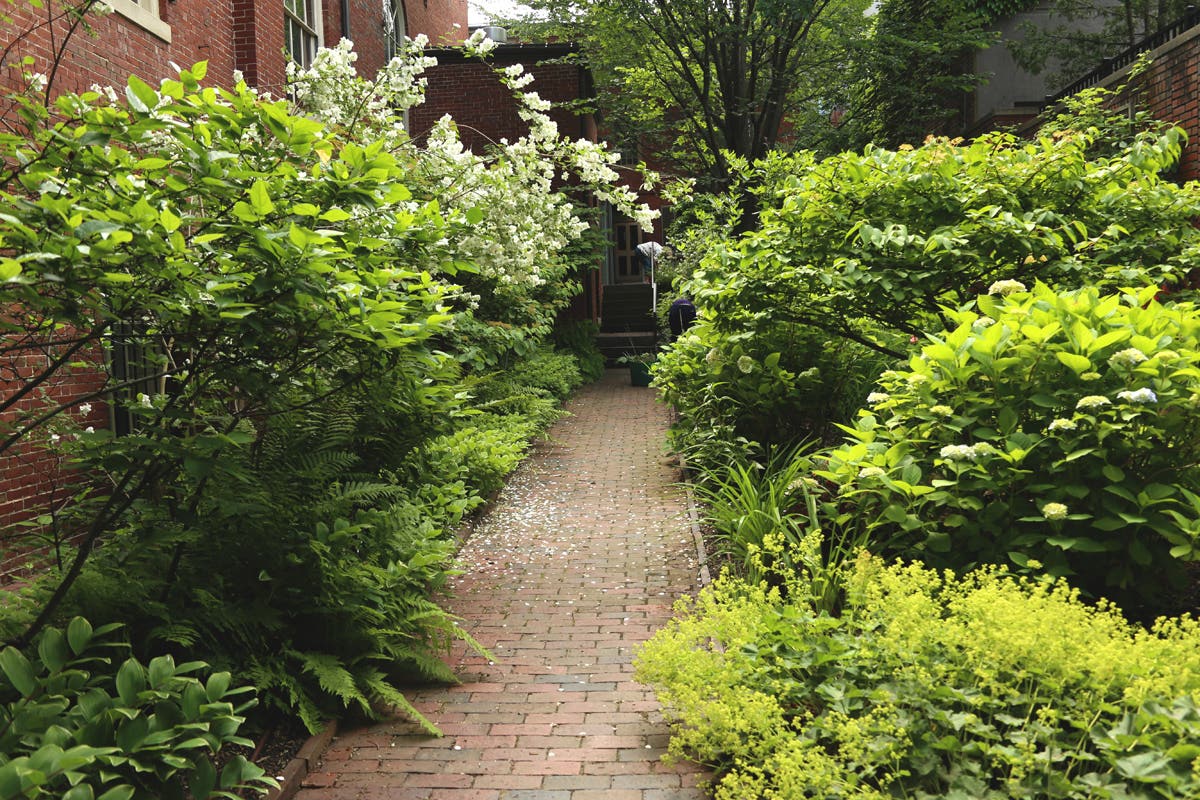Amid Spring Planting, Keep in Mind a Longer Fall
Don’t skip late bloomers like turtlehead.
Adapted from "The Long Game" (Horticulture March/April 2020).
Fall is lasting longer. The average length of the growing season in the Lower 48 has increased by nearly 2 weeks since the beginning of the 20th Century, according to the Environmental Protection Agency, with a particularly large and steady increase over the past 30 years.
For gardeners in temperate zones, this offers new opportunities. With careful planning, we can now enjoy a long-lasting fall garden as glorious as a spring or summer one.
The longer fall has been especially dramatic in my Vermont garden. Some years I can decorate the Thanksgiving table with Russian sage, roses and anemones, if I protect the plants from what is usually just a one-night frost. In the past, frost came repeatedly well before Thanksgiving.
A longer fall goes well beyond the joy of cut flowers. With winter deferred, I have been slowly transforming my garden into a late summer and fall haven.
This takes conscious effort, and not just in physical labor. Spring’s green punch after a barren winter is powerful, and it dominates our attention when we’re planning the garden. Also, we’re naturally drawn to whatever is in flower when we shop for plants, which is mostly in spring. But by keeping fall in mind in the spring, we can go well beyond potted mums and ornamental kale we'll find at the hardware store come September.
Now is the time to plan—and plant—ahead. Think grasses that flaunt their colors in fall, and midsummer perennials that flower for weeks on end or wait until fall to start their show.
Grasses for Fall Color and Texture
Each time I remove a disappointing plant, I replace it with an ornamental grass that needs no care beyond an annual haircut with a hedge trimmer in early spring. I like to vary their size, color and growth habit. Here are a few of my favorites:
Switchgrass (Panicum virgatum) is an upright grass with feathery, delicate seedheads. The cultivar ‘Shenandoah’ remains a diminutive two to three feet, while ‘Dallas Blues’ reaches six feet, and there are many varieties between these two.
Blue fescue (Festuca glauca) provides eye-catching color, and because it grows only 8 to 12 inches tall, I use it as a groundcover to create a specific shape. Blue oat grass (Helictotrichon sempervirens) is another blue option, with a mounded habit that reaches to four feet.
The upright little bluestem (Schizachyrium scoparium), meanwhile, is not blue. It does have blue tinges among its myriad colors, which include green and purple before they turn to red, copper and orange hues in fall.
For an exclamation point, try feather reed grass (Calamagrostis ×acutiflora ‘Karl Foerster’). As its name implies, this grass is admired for its feathery stalks that emerge reddish brown in spring and turn golden in fall.
Perennials That Bloom for a Long Period
Here are some favorite perennials that flower through summer and into fall:
Artemisias are grown for their silvery leaves, which look as attractive in July’s harsh light as in autumn’s benevolent sun. Look for those that are less likely to spread, such as ‘Powis Castle’ (Artemisia arborescens absinthium) and ‘Valerie Finnis’ (A. ludoviciana ‘Valerie Finnis’).
Tickseed (Coreopsis) adds a bright yellow note to the subtle colors that often define fall gardens. To encourage reblooming in my C. verticillata ‘Zagreb’, I shear back the entire plant after its first flowering.
By any name, black-eyed Susan (Rudbeckia hirta), or the closely related gloriosa daisy, is a fail-proof native plant that quickly forms sweeps of gold from midsummer into late autumn.
Late-flowering salvias come in superb blues, and their tall spires make a strong statement in front of tawny grasses.
The common yarrow (Achillea millefolium) begins flowering in cooler climates from mid-July and looks fresh with its yellow, red, pink or white flat flower heads through September. It can spread wildly, so it needs watching.
Perennials That Wait Until Fall to Bloom
And here are those perennials that hold back their blooms until fall, teasing us by emerging early, growing stalks and leaves and—finally—buds that burst into flamboyant flowers:
Such are Joe Pye weeds (Eupatorium or Eutrochium). While many think of them as nothing more than roadside weeds, several species and their cultivars provide impressive architectural interest. Growing to seven feet, the pale clouds of pink flowers of E. purpureum give way to attractive seed heads. There are short cultivars such as Eutrochium maculatum ‘Gateway’ and the shorter still E. dubium ‘Little Joe’.
Japanese anemone (Anemone) is the inverse of Joe Pye weed. Delicate and relatively short, it begins producing pearly white or pink daisy-like flowers in late summer and blooms its head off for weeks. My 10 square feet of fall-blooming anemones started with a single pot 3 years ago.
Turtlehead (Chelone) flowers are said to look like a turtle’s beak, but since I can’t recall how that looks, they remind me more of snapdragons. They also bloom for weeks, which makes the wait for their white, red, purple or pink flowers worthwhile.
The bugbane I favor, Actaea simplex ‘Black Negligee’, has purplish-black leaves and blooms in cylindrical cream spikes. Elegant, for sure.
As its botanical name implies, sneezeweed (Helenium autumnale) is a late bloomer. An imposing plant with pinwheel flowers ranging from red to orange to yellow, it delivers a long-lasting display.
If planted in masses, the tall, airy Russian sage (Perovskia atriplicifolia) creates a lavender-blue cloud and makes a superb companion for grasses.
Giant dill escaped from my vegetable garden. After pulling a few, I left the rest to grow as I attacked peskier pests. And when I realized how pretty the heads looked, like enormous Queen Anne’s lace but yellow, I stopped pulling them (except for food). Giant dill is now one of my fall-flowering staples, allowed to seed itself year after year.
I know people who are passionate about dahlias and grow them in long rows, and others who will never have them in their gardens. They need to be staked and fed and, worse, dug up and stored for winter. Still, it’s hard to resist the allure of a dinner-plate dahlia in the fall garden.
Image credits
Little bluestem and oak leaf hydrangea: cultivar413/CC BY 2.0
Rudbeckia hirta: Garry Knight/CC BY 2.0
Turtlehead: F. D. Richards/CC BY-SA 2.0


